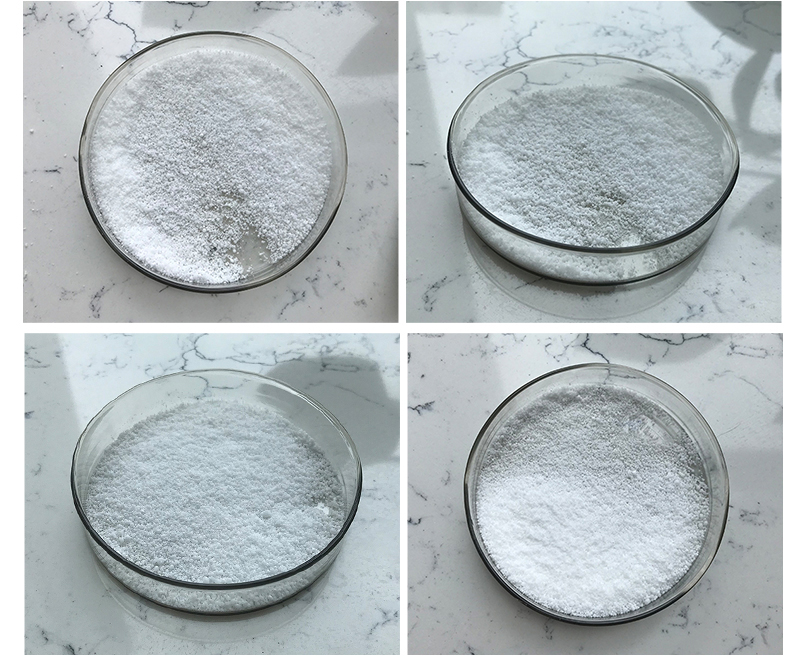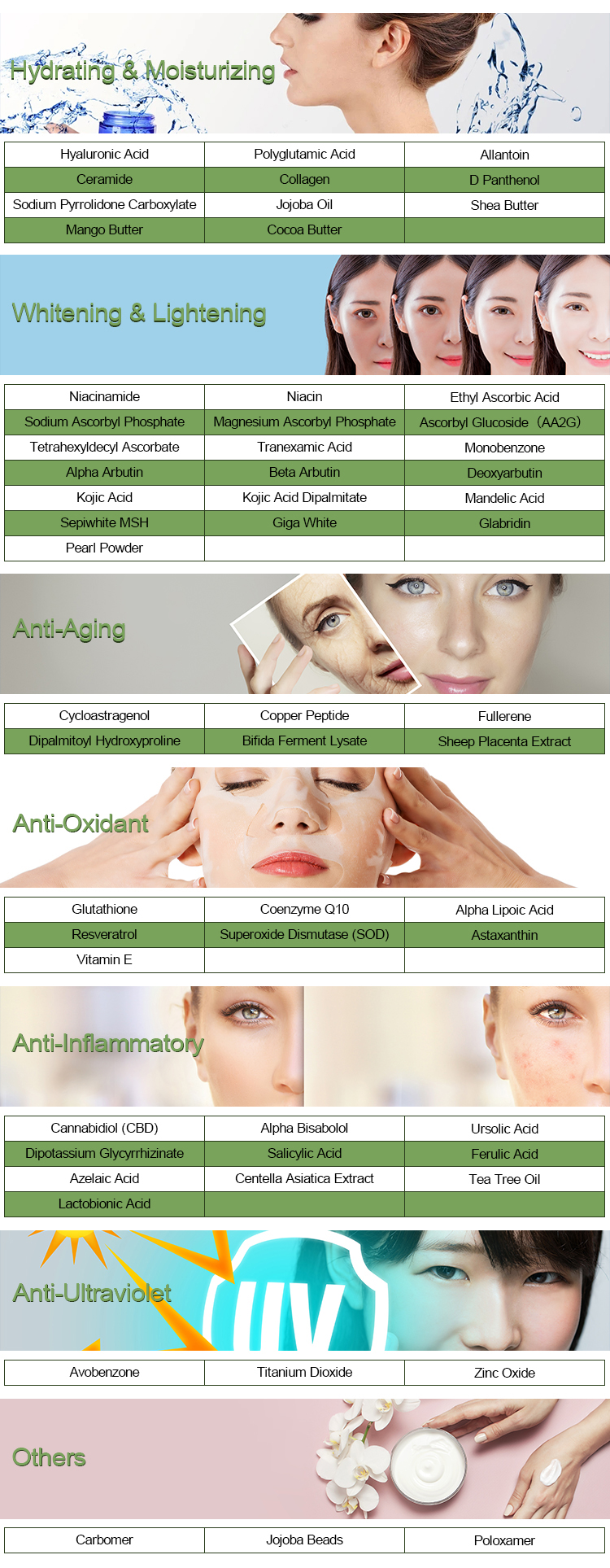Poloxamer 407, also known as Pluronic F127, is a non-ionic block copolymer that is commonly used in pharmaceuticals and various other industries. It is composed of three primary components, with the nomenclature indicating the number of ethylene oxide (EO) and propylene oxide (PO) units in each component:
Polyethylene oxide (PEO) blocks: These are hydrophilic blocks made up of repeating ethylene oxide units. The PEO blocks are water-soluble and provide the hydrophilic properties of Poloxamer 407. The number of ethylene oxide units in this block can vary, and it typically ranges from 65 to 75 in Poloxamer 407.
Polypropylene oxide (PPO) blocks: These are hydrophobic blocks composed of repeating propylene oxide units. The PPO blocks are water-insoluble and provide the hydrophobic properties of Poloxamer 407. The number of propylene oxide units can also vary and typically ranges from 95 to 105 in Poloxamer 407.

Polyethylene oxide (PEO) blocks: Similar to the first component, Poloxamer 407 consists of another set of PEO blocks. The purpose of having two sets of PEO blocks is to create a more amphiphilic molecule, with hydrophilic and hydrophobic segments. The number of ethylene oxide units in this block is also around 65 to 75.
The ratio and arrangement of these three components in Poloxamer 407 contribute to its unique properties, making it a useful surfactant, emulsifier, and stabilizer in various applications, including in pharmaceuticals, where it is used in drug delivery systems, and in the formulation of certain ointments, creams, and oral solutions.
The application of Poloxamer 407
Poloxamer 407, also known by its brand name Pluronic F127, is a synthetic nonionic surfactant and a triblock copolymer composed of poly(ethylene oxide) (PEO) and poly(propylene oxide) (PPO) units. It has a wide range of applications across various industries, primarily due to its unique amphiphilic properties. Here are some common applications of Poloxamer 407:
Pharmaceutical Industry:
Drug Delivery: Poloxamer 407 is often used in drug delivery systems, especially for poorly water-soluble drugs. It can form micelles that can encapsulate hydrophobic drugs, improving their solubility and bioavailability.
Controlled Release: Poloxamer 407 is used to create controlled-release formulations, such as in situ gelling systems. These can be injected or administered in a liquid form and then turn into a gel at the site of action, prolonging drug release.
Ophthalmic Products: Poloxamer 407 is used in ophthalmic solutions and gels to improve drug retention and contact time on the eye’s surface.
Cosmetics and Personal Care:
Skin Creams and Lotions: Poloxamer 407 is used in various skincare products as an emulsifier and stabilizer, helping to create stable emulsions.
Shampoos and Conditioners: It can be found in hair care products to enhance foam quality and improve the feel of the product on the hair and skin.
Food Industry:
Food Additives: Poloxamer 407 is used as a food-grade emulsifier and stabilizer in certain food products, such as ice cream, to prevent ice crystal formation and enhance texture.
Biotechnology and Cell Culture:
Cell Detachment: Poloxamer 407 is used in bioprocessing and cell culture to detach adherent cells from culture vessels without the use of enzymes, thereby reducing cell damage.
Veterinary Medicine:
Animal Health Products: Similar to pharmaceuticals, Poloxamer 407 can be used in veterinary medicines for drug delivery and as a solubilizing agent.
Research and Development:
Laboratory Applications: Poloxamer 407 can be used in various laboratory procedures, including DNA extraction, as a reagent for cell lysis, and in some buffer solutions.

Textile Industry:
Textile Processing: Poloxamer 407 is employed as a surfactant and wetting agent in textile processing, especially in dyeing and finishing.
Other Industrial Applications:
Poloxamer 407 can be used in various industrial processes where a nonionic surfactant and stabilizer is required.
It’s important to note that the applications of Poloxamer 407 may vary depending on the specific properties of the compound, such as its molecular weight, concentration, and the ratios of PEO and PPO blocks. Additionally, its safety and regulatory status may differ across industries and regions, so it’s essential to adhere to relevant guidelines and regulations when using this compound in specific applications.
